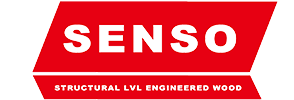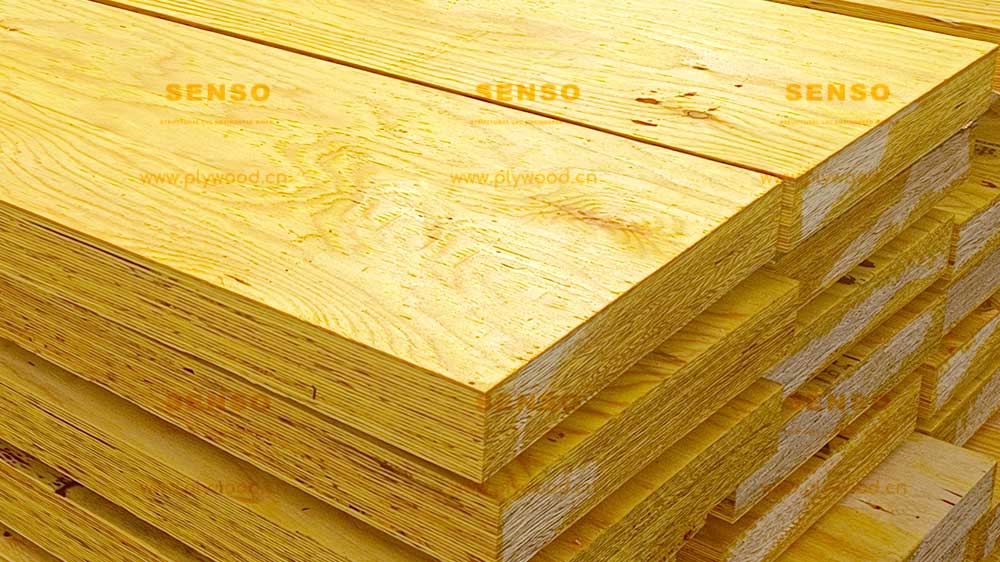Veneer Timber: Revolution in Construction
Veneer Timber has emerged as a crucial element in the construction industry, offering a variety of benefits and potential uses that make it a preferred choice for builders and wholesalers alike. Its unique properties, alongside the advantages it brings to the table, make it a versatile player in the vast world of building materials.
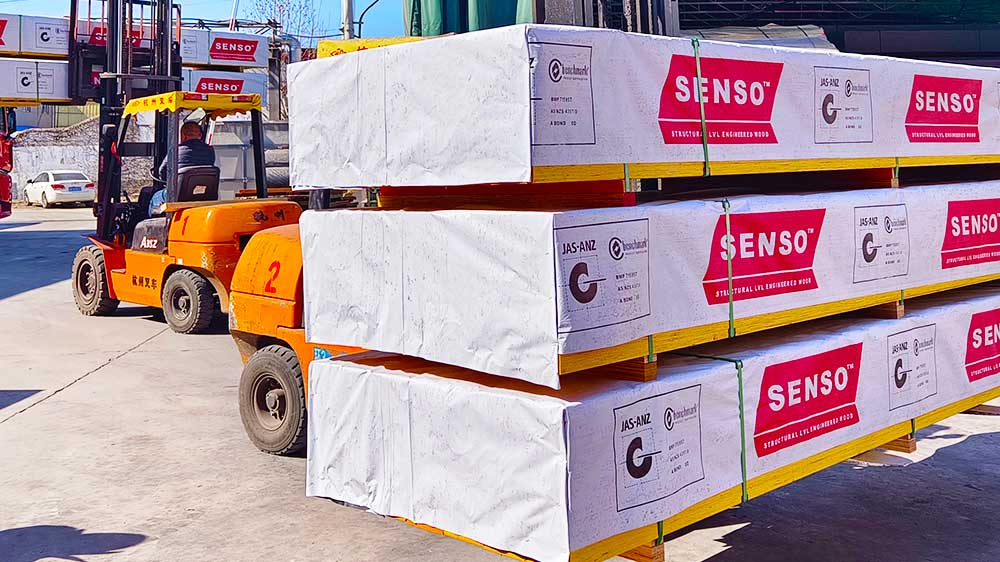
The Core Characteristics of Veneer Timber
To begin with, it’s essential to understand what exactly veneer timber is. Veneer timber is produced by peeling, slicing, or sawing solid timber into thin sheets. These sheets, despite their thinness, hold impressive strength and durability, making them suitable for various applications in construction.
Diverse Applications of Veneer Timber
One of the main reasons veneer timber has gained popularity in the construction sector is its versatility. It can be used in a wide range of applications, from furniture making to architectural design. Whether it’s used to create stunning interiors or durable exteriors, LVL beam proves to be a multifaceted material.
Moreover, it provides the same visual appeal as solid wood but comes at a fraction of the cost. This cost-effectiveness makes veneer timber a popular choice among both construction sites and building materials wholesalers.
The Advantage of Sustainability
An often overlooked but significant aspect of veneer timber is its sustainability. Since veneer sheets are sliced from a log, it allows for a much more efficient use of the wood. This efficient use contributes to less waste, making veneer timber a more environmentally friendly choice compared to other materials.
The practice aligns with the construction industry’s push towards more sustainable practices, further cementing veneer timber’s place in the sector. It’s not just about offering a versatile building material; it’s also about doing so responsibly.
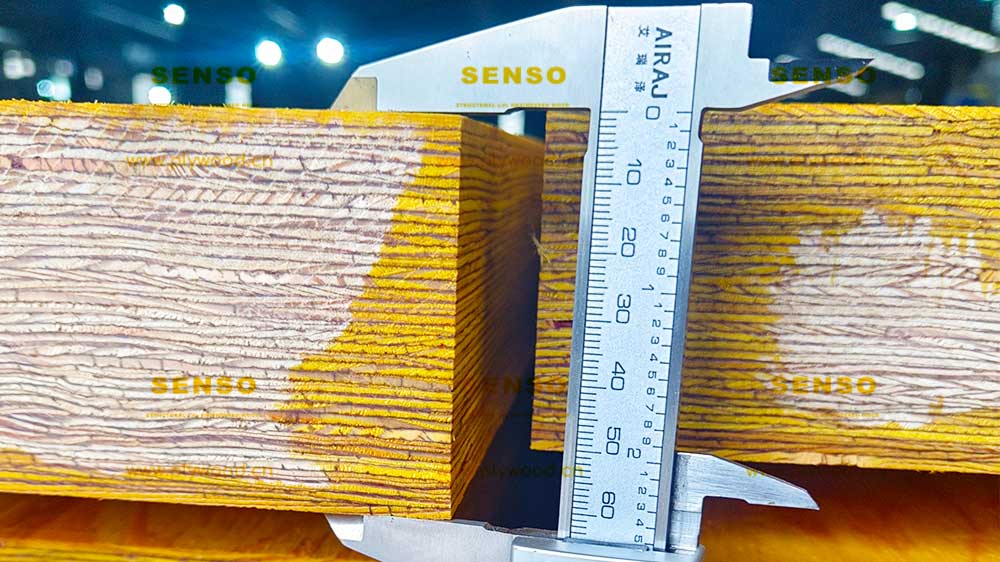
The Strength and Durability of Veneer Timber
When it comes to construction, strength and durability are paramount. In these aspects, LVL beams does not disappoint. Despite being thinner than solid wood, panels maintains impressive strength and durability, making it an excellent choice for long-lasting constructions.
This attribute of veneer timber, coupled with its cost-effectiveness, has made it increasingly attractive to the construction industry. It offers a solution that is both economical and reliable – a combination that’s hard to resist for builders and wholesalers alike.
In the vast world of construction materials, LVL timber continues to carve out a name for itself. Its combination of versatility, sustainability, and strength offers a compelling case for its use. As we move forward, we can expect lumber to continue playing a significant role in the construction industry. It’s a revolution in construction that is set to continue.
The Economic Benefits of Veneer Timber
Alongside its material benefits, veneer timber presents significant economic advantages. Its production process utilizes more of each tree than traditional lumber manufacturing, resulting in less waste and more product. In turn, this translates to reduced costs and higher efficiency for building material wholesalers and construction companies. This benefit, combined with the high demand for sustainable building materials, makes timber an economically viable option in the industry.
Customizability of Veneer Timber
A key advantage of LVL beams is its customizability. The thin slices of wood can be manipulated to achieve different grain patterns, colours, and textures, providing builders and designers with an unparalleled level of creative freedom. This flexibility allows the construction industry to cater to diverse aesthetic preferences while maintaining high material quality standards. From a strikingly modern design to a traditional, rustic look, LVL beam can adapt to suit any architectural style.
Ease of Installation and Maintenance
Veneer timber scores high on the ease of installation and maintenance, making it a preferred choice among builders. Its lightweight nature facilitates handling, transportation, and installation, reducing the overall time and effort involved in the construction process. Furthermore, its surface can be sealed with a protective layer, making it resistant to scratches, stains, and other forms of wear and tear. These qualities make panels a low-maintenance option, which is a highly desirable characteristic in today’s fast-paced construction environment.
Innovations and Future Directions
While veneer timber is already making significant strides in the construction industry, continuous innovation and technological advancements hold the promise of further expanding its potential applications. For instance, developments in adhesive technologies are expected to improve the quality and durability of veneered products, contributing to their longevity.
Moreover, with increasing emphasis on sustainable practices and green building, LVL timber is poised to take on an even more prominent role in the industry. Its inherent environmental advantages, combined with potential advancements in production and application, point towards a promising future for this versatile material.
Veneer timber stands as a testament to the evolution of construction materials. It effectively combines the timeless appeal of wood with the demands of modern construction. As we forge ahead in the ever-evolving landscape of the construction industry, lumber will undoubtedly remain a game-changer, driving innovative and sustainable solutions for builders and wholesalers alike. As a versatile and sustainable material, timber represents the future of the construction industry – a future that is both innovative and environmentally conscious.
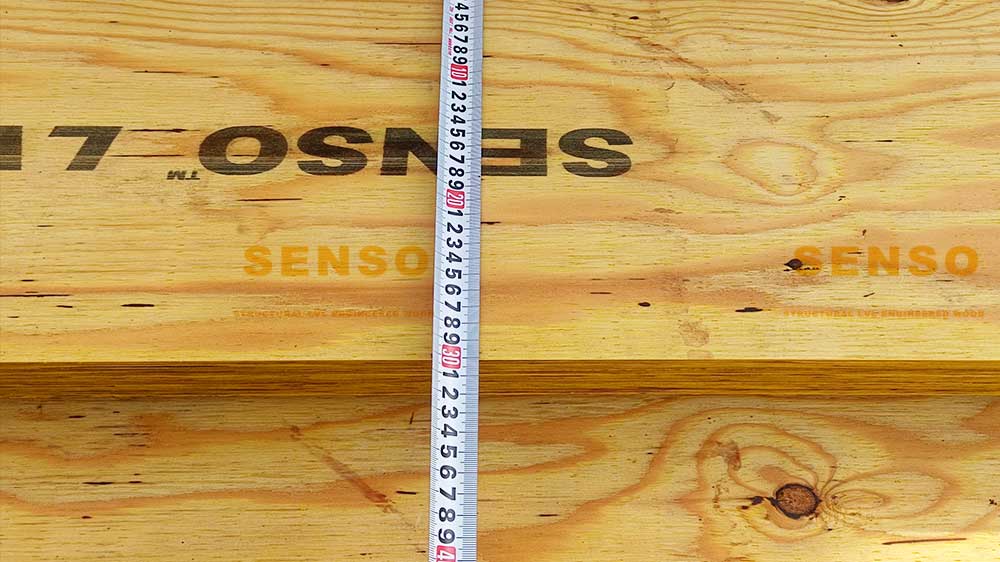
The Global Impact of Veneer Timber
Beyond its direct benefits to the construction industry, veneer timber has broader implications on a global scale. The increasing adoption of LVL beams is contributing to the global movement towards sustainable development and green building practices. By using a renewable resource and maximizing the usage of each tree, the LVL timber industry is playing a crucial part in conserving our planet’s forests and promoting environmental responsibility.
Building with Veneer Timber: A Case Study
To illustrate the effectiveness of veneer timber in practice, let’s consider a case study. A recent construction project in New York utilized veneer timber extensively in the creation of a multi-story commercial building. The use of lumber not only enhanced the aesthetic appeal of the building but also led to significant cost savings in comparison to traditional lumber. Additionally, the building’s eco-friendly design, supported by the use of sustainable materials like timber, was well-received by the public, illustrating the market’s growing preference for green construction.
Veneer Timber: The Future of Construction
In summary, veneer timber is more than just another construction material. It is a revolution in the industry, combining the timeless beauty of wood with the durability and sustainability required by modern building practices. Its growing popularity among building materials wholesalers and construction sites underscores its practical and economic advantages. As our world continues to grapple with environmental challenges, panels represents a tangible step towards a sustainable future in construction. This adoption and implementation of sustainable practices make veneer timber not just a wise choice for today, but a necessity for tomorrow.
Post time: Jan-30-2024
